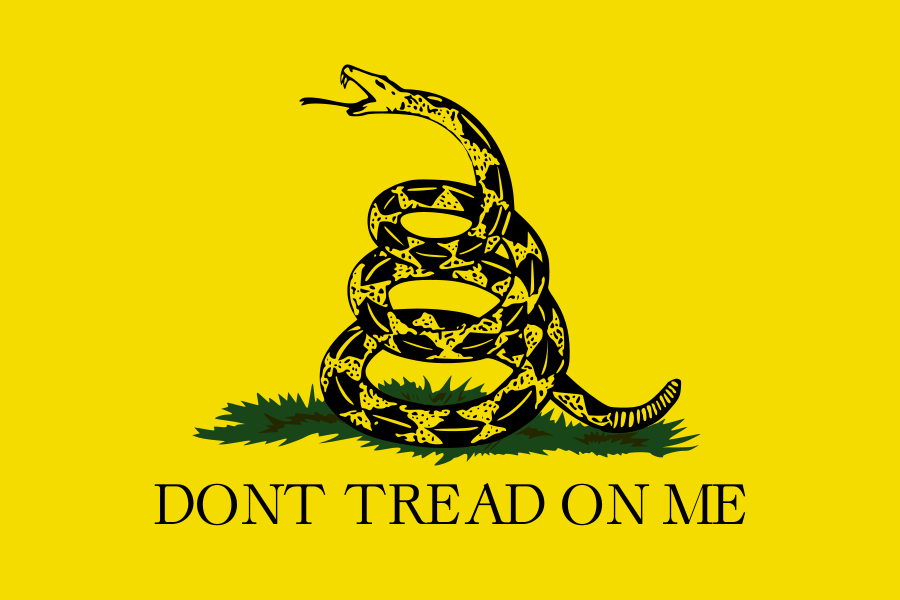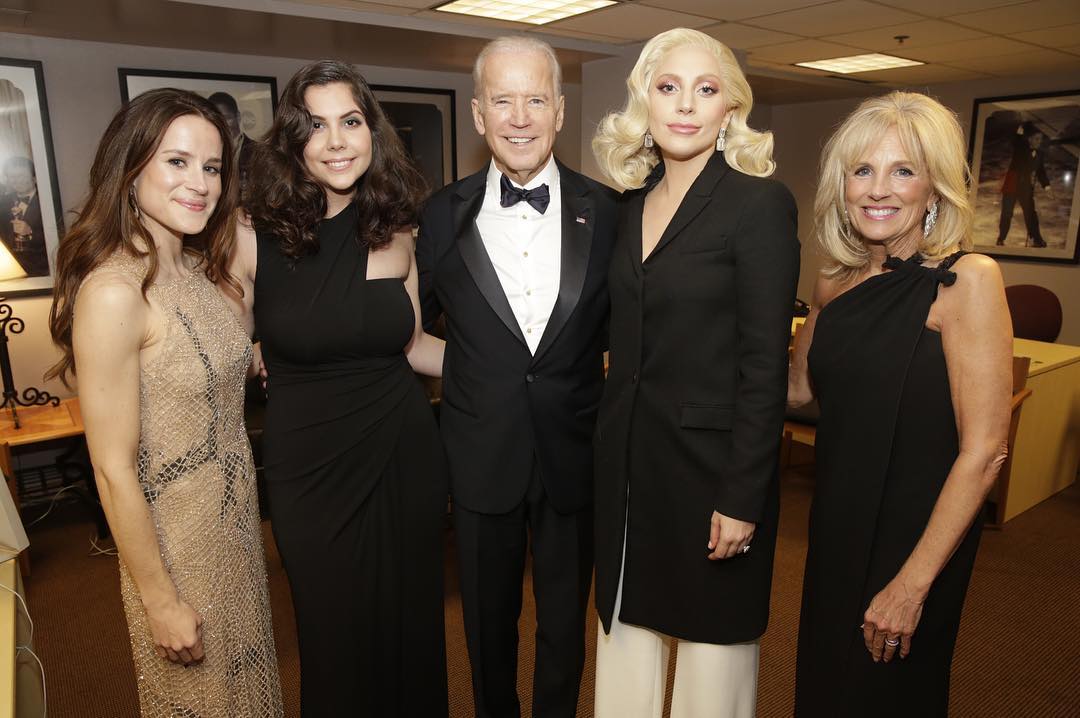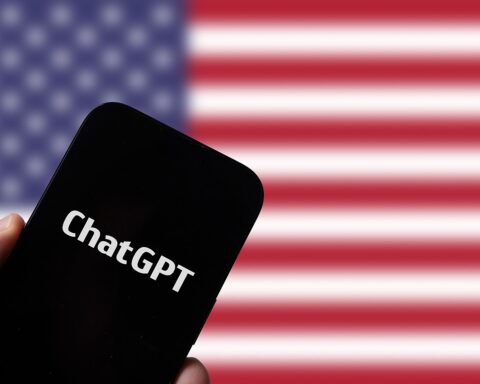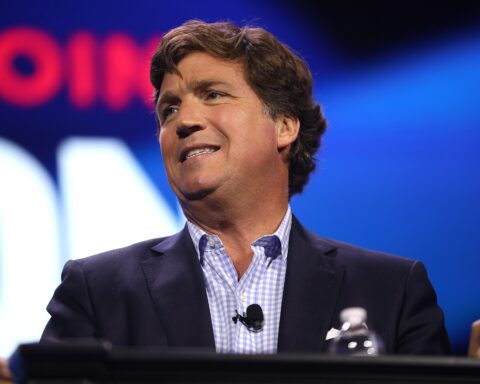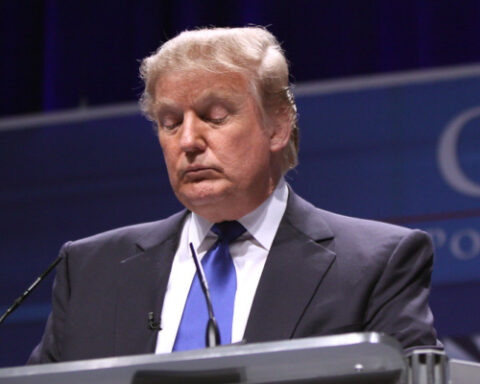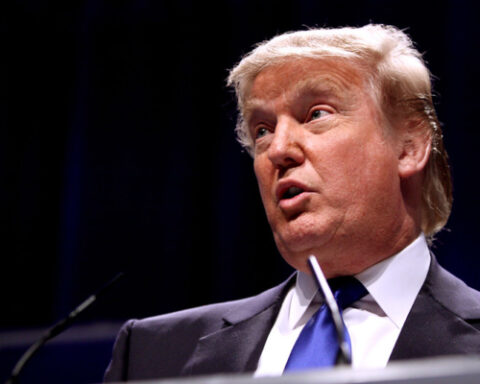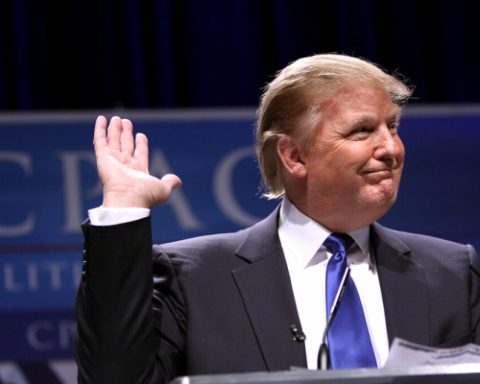If you ask the average American what they think about “freedom” or “liberty,” chances are you’ll get a positive response. A love of liberty is built into the cultural fabric of America, and this is especially evident when we compare the US to the rest of the world.
But for a country that prides itself on being the “land of the free,” there are a few things that seem, well, off. America has the world’s highest per capita prison population, for instance. It also has a fair number of economic regulations that interfere with the free market.
This begs the question, if Americans are so passionate about freedom, why does America leave so much to be desired on this front?
The answer, I believe, is that there are two ways of understanding freedom. There is the freedom brand and there is the freedom philosophy. For most Americans, what they really like is the freedom brand. It’s the general idea of freedom that they’re really into. There’s nothing wrong with this, of course, but it’s not the same as being into the freedom philosophy.
To understand this distinction, let’s look at four key differences between these two conceptions of freedom.
1) Principles vs. Preferences
The biggest difference between the freedom brand and the freedom philosophy is that the brand is not rigorously principled the way the philosophy is. For the brand, as long as you agree with a few basic ideas like free speech and free and fair elections, the rest of politics can be a matter of personal preference.
For the philosophy, however, freedom is all about consistently upholding the principles of liberty in every domain regardless of personal preference. On the economic front, this means removing government regulations and trade barriers so people are free to do business as they see fit. On the social front, this means allowing people to make their own decisions about lifestyle choices.
Even unpopular practices and choices should be tolerated according to the freedom philosophy. After all, the reasoning goes, a freedom that is confined to what others deem acceptable is really no freedom at all.
2) What We’re Against vs. What We’re For
Another difference is that the freedom brand tends to define itself by what it’s against, whereas the freedom philosophy tends to focus on what it’s for.
Defenders of the freedom brand spend much of their time denouncing repressive political systems like communism and totalitarianism. In extreme cases, this can lead to movements like Red Scares and McCarthyism. There is a lot of focus on authoritarian countries such as Russia, China, and North Korea, and a strong desire to be “not like them.”
The freedom philosophy does not find this approach wrong so much as incomplete. Yes, authoritarian countries are bad, but for freedom philosophy adherents, it is not enough to merely condemn authoritarian actions. An equal if not greater focus should be placed on the positive vision of a free society, a vision of pluralism, tolerance, free markets, and free expression.
It is not enough to merely identify what we want to move away from. We also need to describe what we want to move toward. Martin Luther King Jr.’s famous “I have a dream” speech is a great example of this. He didn’t just express frustration at the problems he saw. He painted a picture of a brighter future.
3) Slogans vs. Substance
The freedom brand tends to live in popular slogans and refrains. “Land of the free, home of the brave.” “Don’t tread on me.” “I’m proud to be an American, where at least I know I’m free.” “Come and take it.”
These slogans are popular for a reason. They express a deep passion and appreciation for freedom. And again, there’s nothing wrong with that. But slogans do not make a philosophy.
The key to the freedom philosophy is not so much the slogans but the substance behind them. “Land of the free, home of the brave” is a nice sentiment, but if it’s not coupled with a robust understanding of what freedom really means and why it’s important, the words can be somewhat empty.
The freedom philosophy is so much more than a slogan. It’s about ethics and personal responsibility. It’s about self-improvement and creating value for others. It’s about seeing people as unique individuals and recognizing the tremendous benefits of free markets.
This is what makes the freedom philosophy so different from the brand. It’s not just about nice-sounding phrases. It’s about practical, well-reasoned ideas.
4) Recreating the Past vs. Building the Future
Another distinction between the freedom brand and the freedom philosophy is that the brand tends to focus on recovering the past, whereas the philosophy focuses on building something new in the future.
To be sure, there are liberties Americans used to enjoy in the past that no longer exist, and it’s a worthy goal to reclaim these. But if we are merely pining for the good old days, we are adopting the mentality of the freedom brand.
The freedom philosophy has a bolder vision. It’s not just about regaining the freedoms we used to have. It’s about expanding those freedoms farther than they’ve ever been expanded. It’s not just about recovering something we’ve lost. It’s about creating something even better that we’ve never really had.
Practicing What We Preach
America is flooded with rhetoric about liberty. The freedom brand is everywhere. But while the brand is alive and well, actual liberty seems to be shrinking by the day.
If we want to reverse course, giving lip service to liberty won’t be enough. To truly turn this ship around, we need to understand the principles of a free society and start putting them into practice.
Achieving liberty is possible, but it won’t come from a brand. It will only come when we learn the freedom philosophy and resolve to live it out.
This article was adapted from an issue of the FEE Daily email newsletter. Click here to sign up and get free-market news and analysis like this in your inbox every weekday.

Patrick Carroll
Patrick Carroll has a degree in Chemical Engineering from the University of Waterloo and is an Editorial Fellow at the Foundation for Economic Education.
This article was originally published on FEE.org. Read the original article.

